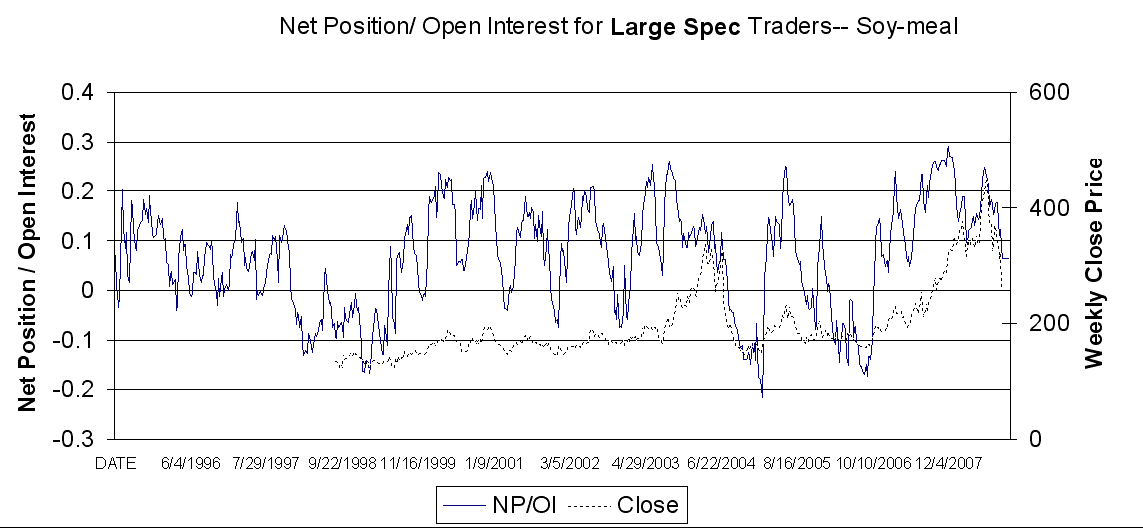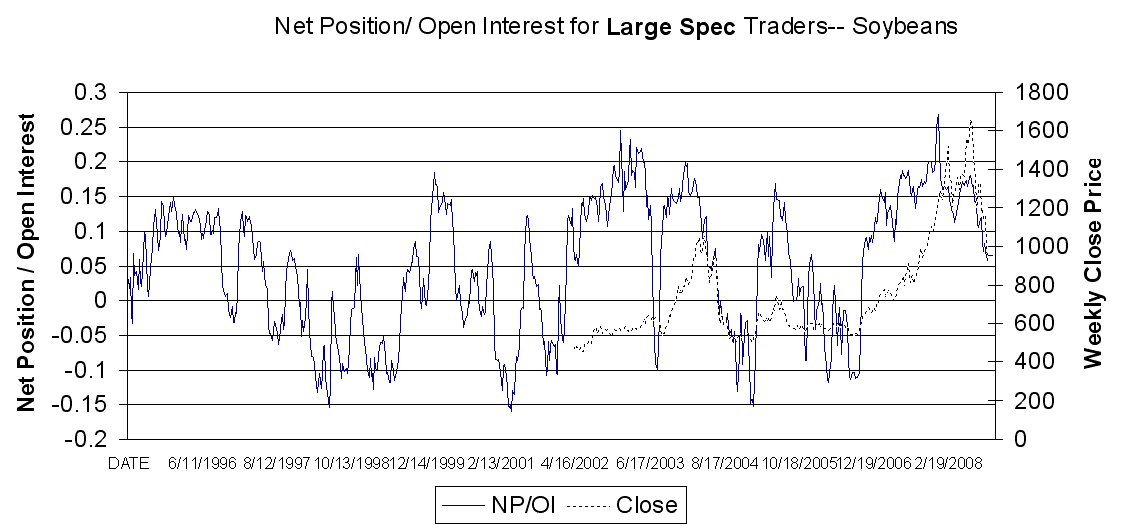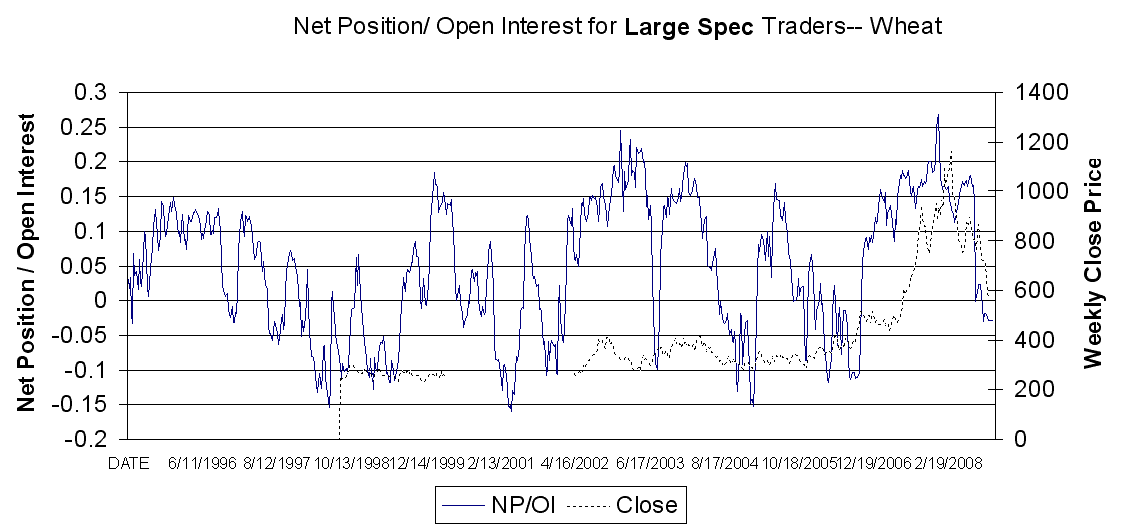The following information is bonus material from Top Producer. It corresponds with an article from the November 2008 issue.
It's easy to point fingers at "the funds” for first causing a price bubble and then leaving ag markets, bursting that bubble and causing prices to plummet. But a close study of their activity and prices suggests it isn't so.
Charts plotting open interest and spec traders' and/or index funds' net positions reveal that both have risen since about 2004. In fact commercial positions have risen about as fast as non-commercial. (See graphs on page 28 of University of Illinois study, link below).
At the same time, large speculators' net position as a percent of the open interest in corn, soybeans and wheat has fluctuated from -15% to +25% going all the way back to 1996, reports Ashley Gulke, researching this topic for Strategic Marketing Services in Chicago. "Prior to 2000, the range was a bit less than more recently.”
A recent study by University of Illinois economists Dwight Sanders, Scott Irwin and Robert Merrin argues: (1) If index fund activity affects prices, it would have shown up during 2004-05, when funds' growth as a percentage of open interest was most rapid. (2) Funds have stabilized as a percent of open interest, "which mean other traders have adjusted their strategies in light of this relatively new market participant.” (3) Long-only index funds may help "carry” unbalanced short hedging.
They conclude: "Proposals surfacing to increase margins in an effort to curb speculation may well be counterproductive in terms of price levels or market volatility. These policy initiatives could severely compromise the ability of futures markets to accommodate hedgers and facilitate the transfer of risk.
Look at fundamental relationships
University of Illinois economist Scott Irwin points to the tight relationship between corn and ethanol prices and says we are seeing fundamentals at work. "Corn seems to be valued right where it should be according to the price of ethanol. Despite the relatively low ethanol prices, recent data pints fit closely on the same line we have been following since the beginning of the 2007 crop year.”
"Crude oil, gasoline and ethanol prices are highly interrelated. I believe crude oil prices have roughly followed energy market fundamentals,” says Irwin. "Once again, people did not know enough history and did not appreciate the cumulative impact on gasoline demand of very high prices. The market did its job—high prices reduced demand, which brought lower prices.
"I also think people are having a very hard time grasping just how bad the general economic outlook is at this time,” he adds. "That's why the price of so many commodity-related assets are plunging¯nitrogen, freight rates, etc. We are going through a very ugly price revaluation throughout the world economy. At this point, farmers are still faring relatively well. But we will have to wait and see what the final recessionary impacts look like before reaching a final conclusion about the likely bottom in crop and livestock prices.”











